Poppi Worthington inquest: What the coroner heard
- Published
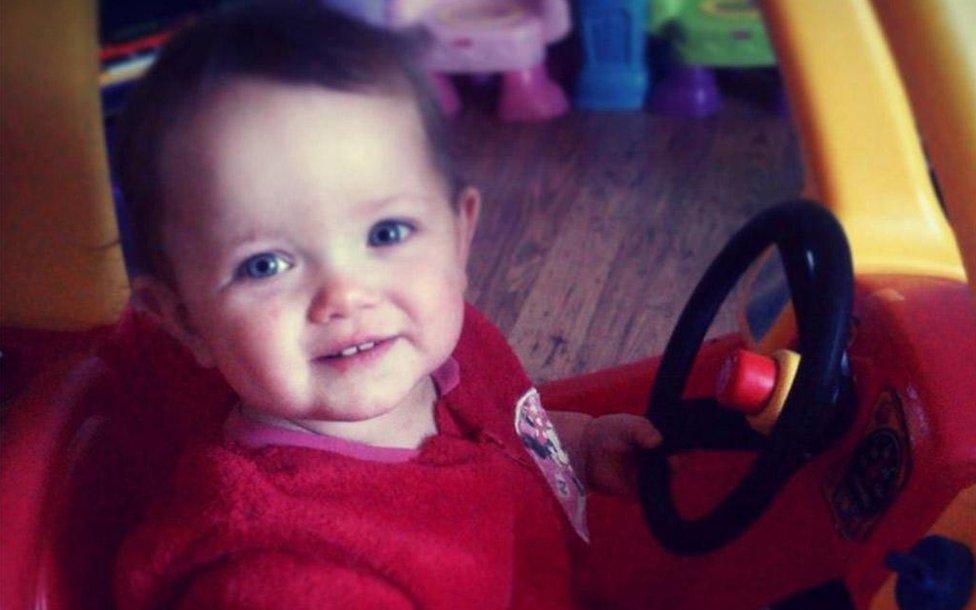
Poppi was an active and bubbly girl according to her parents
Five years after her death, what really happened to 13-month-old Poppi Worthington has finally been publicly examined by a full inquest. Senior coroner for Cumbria David Roberts will now spend a month drawing his conclusions. What evidence has he heard?
Almost 40 people have given evidence during the three-week inquest at Kendal's County Hall.
These have included Poppi's family, experts who fundamentally disagree about what happened, the police who failed to properly investigate and Poppi's father, who denies any wrong-doing.
Poppi died on 12 December 2012 and this is the second inquest into her death. The first, in 2014, ended after just seven minutes and concluded the cause of death was "unascertained".
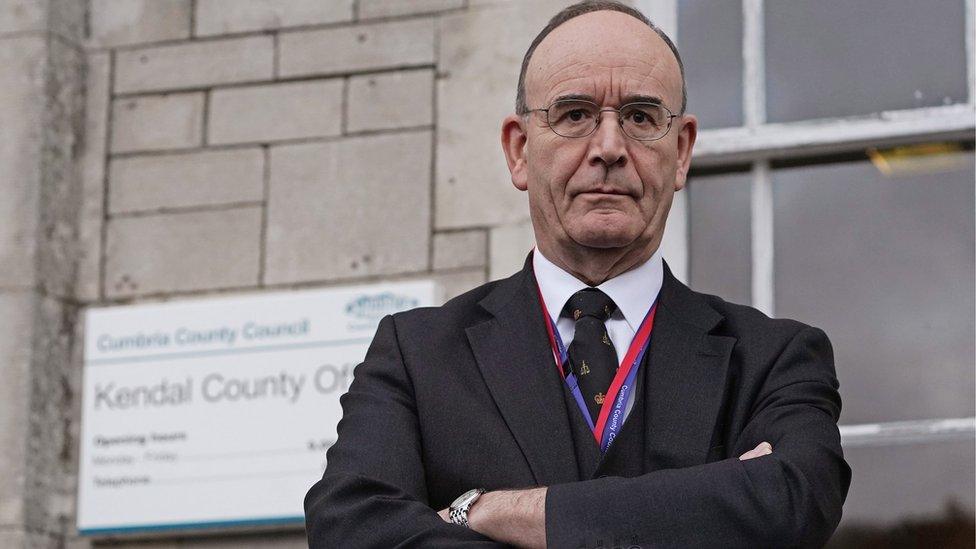
Cumbria coroner David Roberts convened the second inquest
Poppi's mother
According to her lawyers, Poppi's mother, who has been granted anonymity, just wants a clear answer to the question that has haunted her.
What happened to her "bubbly and funny" daughter?
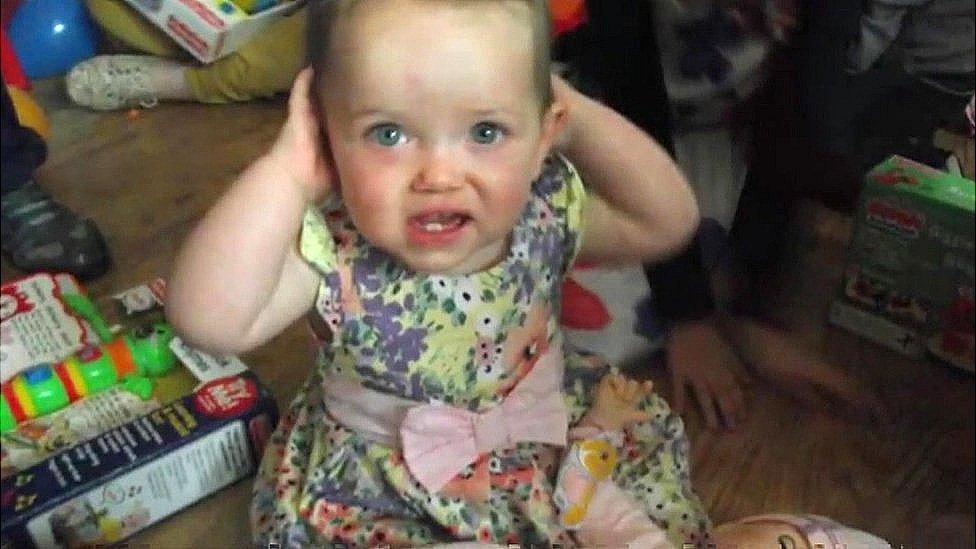
Poppi Worthington was 13 months old when she died
She told the coroner she spent the night of 11 December sleeping on the sofa in the living room of her three-bedroom home in Barrow.
At some point she heard Poppi scream loudly. She described it as a similar scream to one the 13-month-old had made during the day when she appeared to have a pain in her stomach.
The night-time scream was quickly followed by the creak of her bedroom floorboard - a sign, she recalled, that her partner Paul Worthington had gone to check on their daughter.
She was then woken shortly before 06:00 by Mr Worthington shouting their girl was not breathing, she said.
He performed CPR while she called 999.
Poppi was rushed to Furness General Hospital but, at 07:07, she was declared dead, her heart having never resumed beating.
Poppi's father
Paul Worthington, who was given a police escort to the inquest amid fears for his safety, has been living a "nightmare" for the last five years, according to his lawyers.
He has never been charged with any offence and denies responsibility, but the suspicion he abused his daughter has "ruined the rest of his life", they said.
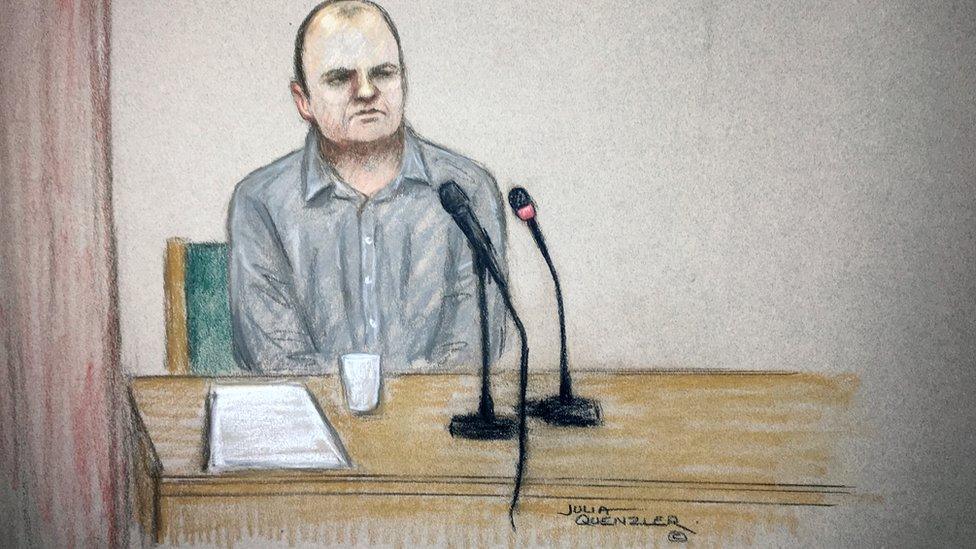
Paul Worthington refused to answer 252 questions
Those suspicions were first raised by Dr Osama Braima, a consultant paediatrician at Furness General Hospital, who noticed blood coming from Poppi's bottom.
Mr Worthington was told by the coroner the inquest was an opportunity to state his case publicly.
Mr Worthington refused to answer 252 questions - 69 on the first day and a further 183 on the second - citing his right under rule 22 of the Coroners and Justice Act not to incriminate himself.
The inquest did hear previous statements he had made, though, in which he claimed he heard Poppi cry out at 05:45 and found her sitting upright in her cot, rigid, as if she had had a nightmare.
He then left her on his bed while he went to get a fresh nappy, he had said. When he returned 90 seconds later Poppi seemed to be asleep, so he let her be for a moment.
When, a few minutes later, he touched her arm it was floppy and he realised she was not breathing.
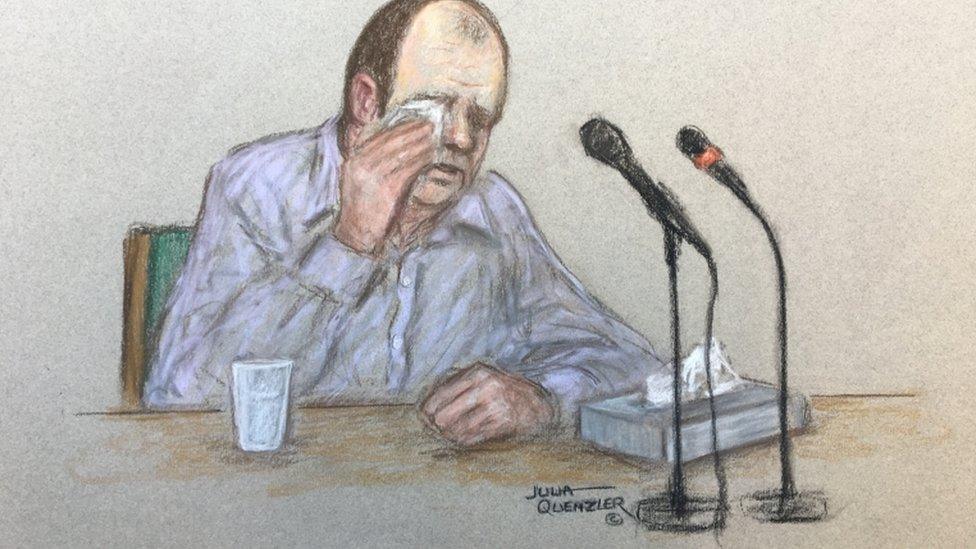
Paul Worthington broke down in tears as he was questioned
Eleven hours after Poppi's death, the police asked to take swabs from Mr Worthington, to which he agreed.
His daughter's DNA was found on his penis but the location of it "tends to exclude" the possibility he had assaulted her, Michael Scarborough, the forensic scientist who tested it, said.
Mr Worthington's lawyers said the DNA had been transferred from his hands when he went to the toilet.
His DNA was not found on Poppi.
The accusing pathologist
Dr Alison Armour, a Home Office pathologist for 30 years, carried out the three-hour post-mortem examination of Poppi five days after her death.
The delay, caused by the unavailability of her and a colleague, was not unusual and would not have affected her findings, Dr Armour said.
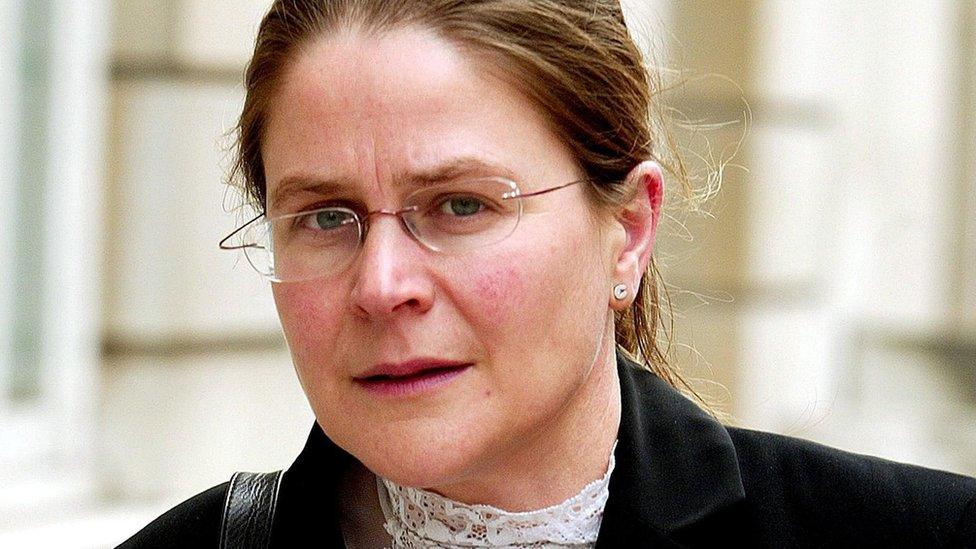
Dr Alison Armour (pictured in 2005) said there were no natural causes of Poppi's death
Before she examined Poppi she saw a skeletal survey which revealed an old fracture to Poppi's leg.
The fact it had never been reported suggested to her the child had been abused, she said.
She was also told about previous police matters regarding Mr Worthington which had come to nothing.
An allegation had been made against him, which was later retracted, and he had been informally interviewed by police over an unrelated association with someone suspected of committing offences against children.
Mr Worthington's lawyers said Dr Armour was therefore "tainted" against him from the outset, something she denies.
Findings which caused her concern included an internal bruise, small haemorrhages and tiny tears in Poppi's bottom and the fact Poppi's bottom was dilated.
She said these indicated abuse but others strongly disagreed with her conclusion.

Poppi Worthington was 13 months old when she died
Dr Armour also said haemorrhages in Poppi's throat and lungs could have been caused by acute upper airways obstruction, for example if she had been smothered by being laid face down on a bed. These findings also drew strong disagreement from other experts.
She concluded that Poppi's death was unascertained but there was no natural cause.
The disagreements
Dr Nat Cary, a Home Office pathologist for 25 years, reviewed Dr Armour's findings and led the argument against her.
If Poppi had been abused he would have expected to see much more evidence, he said.
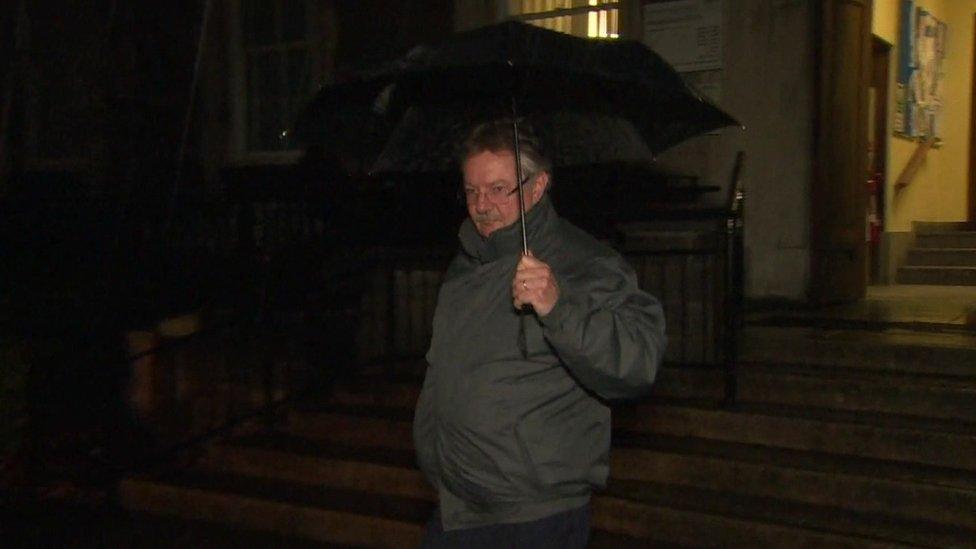
Dr Nat Cary casts doubt on the claims that Poppi was sexually abused
Such attacks do not cause "subtle" injuries, he said.
The condition of Poppi's bottom that caused Dr Armour to conclude abuse is a common phenomenon in child deaths, Dr Cary said.
He disputed that an internal mark classed as a bruise was anything of the sort.
The haemorrhages in Poppi's throat and chest were likely caused by the pro-longed resuscitation attempts, he told the inquest.
Dr Cary agreed Poppi's death was unascertained, and stated it was "unascertainable".
But, just because no natural cause had been found, it did not mean there was not one, he said.
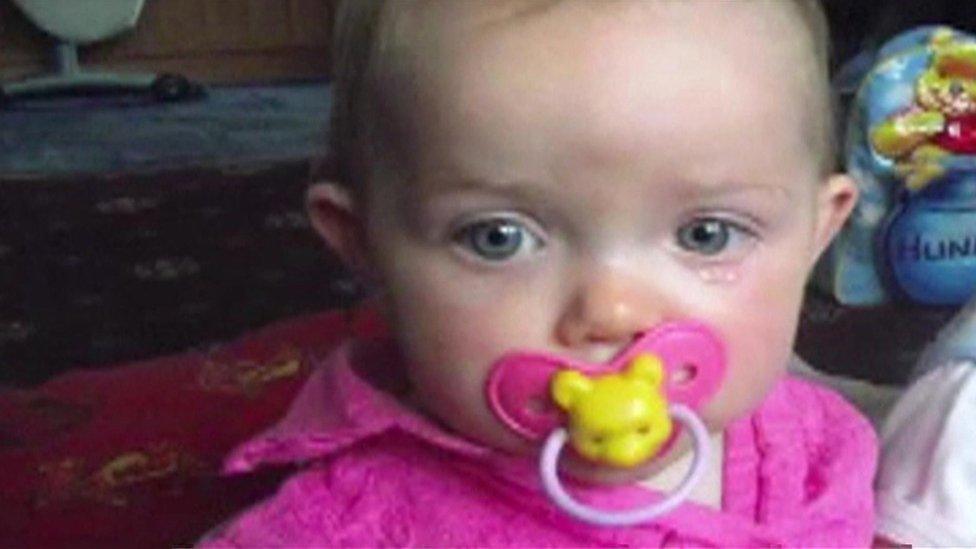
Poppi Worthington died in 2012
Dr Liina Palm, a consultant in paediatric pathology, said some of the marks seen by Dr Armour could be a "post-mortem phenomenon" which arose in the five days between death and post-mortem examination.
Dr Alan Sprigg, consultant paediatric radiologist, and Prof Anthony Freemont, a histopathologist, said the bone fracture that caused concern for Dr Armour could have been accidental.
Dr Stephen Leadbeatter, a consultant forensic pathologist, agreed with Dr Armour that a "unifying hypothesis" for Poppi's injuries was sexual assault.
But he still could not persuade himself there was enough evidence such an assault had taken place.
Dr Victoria Aziz, a forensic physician for the Metropolitan Police (who was asked to review Poppi's case in October 2014 by Cumbria Police) said she was "pretty sure" there had been no assault.
She said in her 26 years' experience such assaults would produce much more severe injuries.
The police failings
One reason the coroner faces such confusion is the failure of Cumbria Police to properly investigate.
The force has been heavily criticised in the past for their handling of Poppi's case and their errors were aired again throughout the inquest.
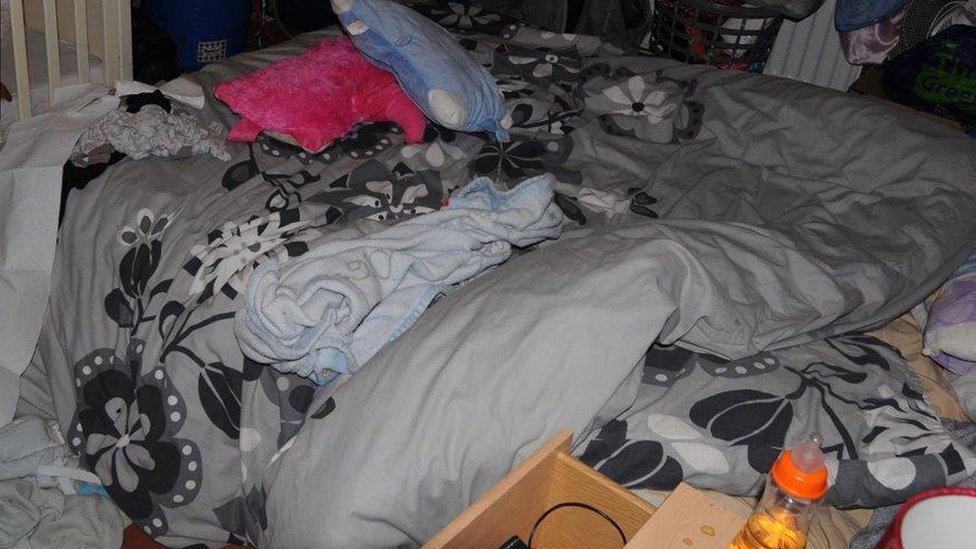
Police failed to seize what could have been vital evidence including the bed sheet from Paul Worthington's bed and Poppi's beloved pink elephant pillow
Former Det Insp Amanda Sadler, who led the investigation, admitted to the coroner that she was not trained or experienced enough to do the job.
Other errors included:
Failure to seal Poppi's house quickly enough
Failure to seize what might have been vital evidence such as Mr Worthington's bedding
Failure to find Poppi's last nappy which officers had allowed her aunt to throw away
Failure to take swabs from Mr Worthington until 11 hours after the death
Failure to find the laptop Mr Worthington had been watching pornography on the night before Poppi's death
Failure, in short, to treat Poppi's death as a possible crime.
Retired Det Supt Catherine Thundercloud, who re-started the investigation in 2014, said her colleagues had simply not followed procedure causing "a lot of failings" and "missed opportunities".
Lawyers for Poppi's mother called it a "farrago of failure so fundamental".
Mr Worthington's lawyers said it was "almost impossible to point to anything that was done right".
Coroner David Roberts will return to County Hall on 15 January to give his verdict.
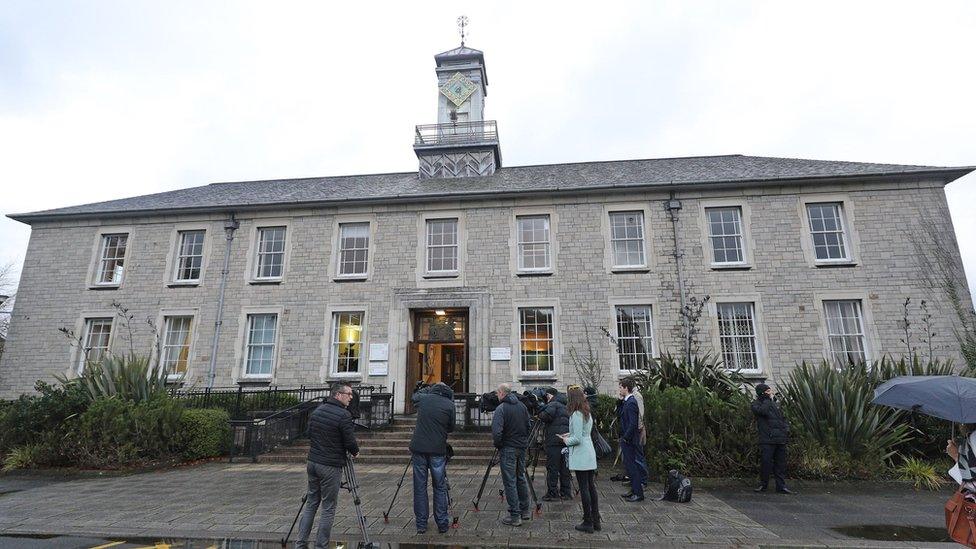
The inquest at County Hall in Kendal lasted three weeks
- Published7 December 2017
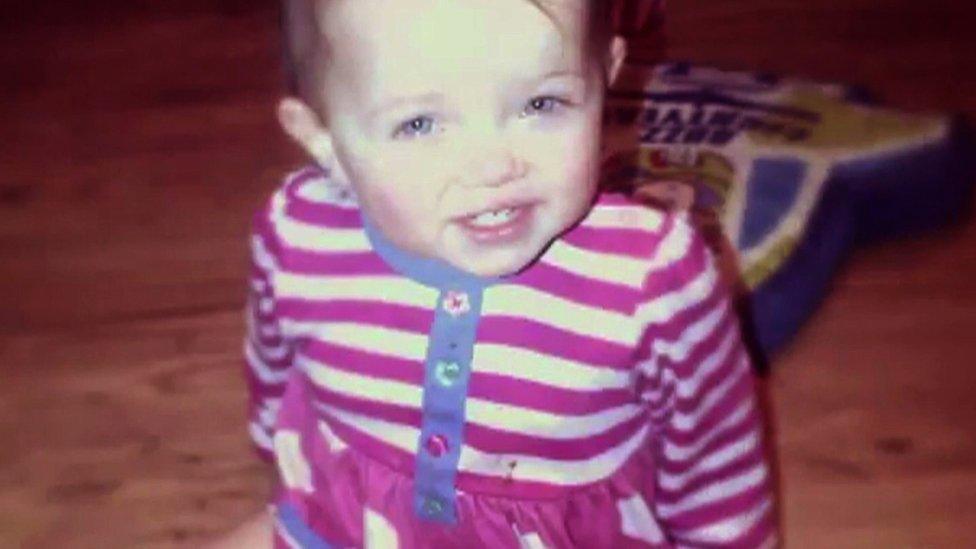
- Published6 December 2017
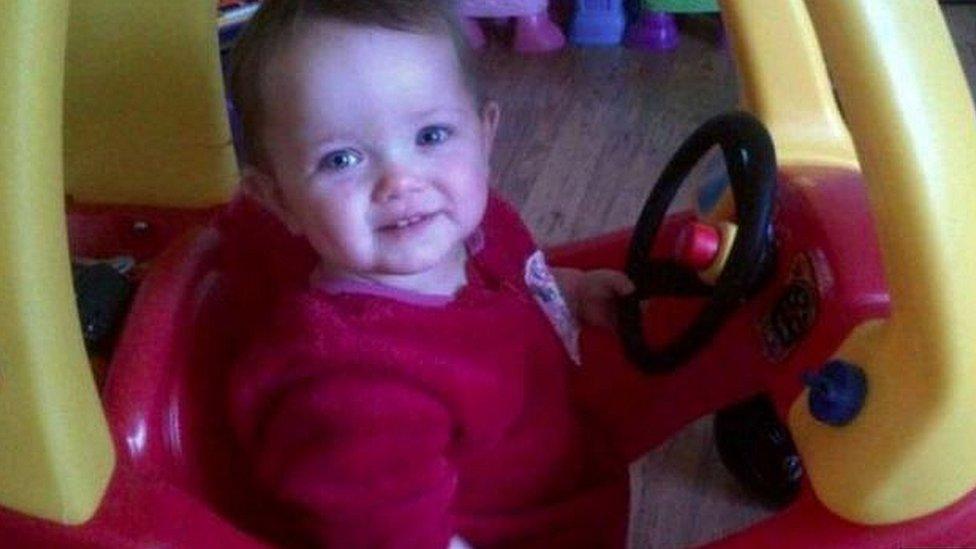
- Published5 December 2017

- Published4 December 2017

- Published30 November 2017

- Published29 November 2017
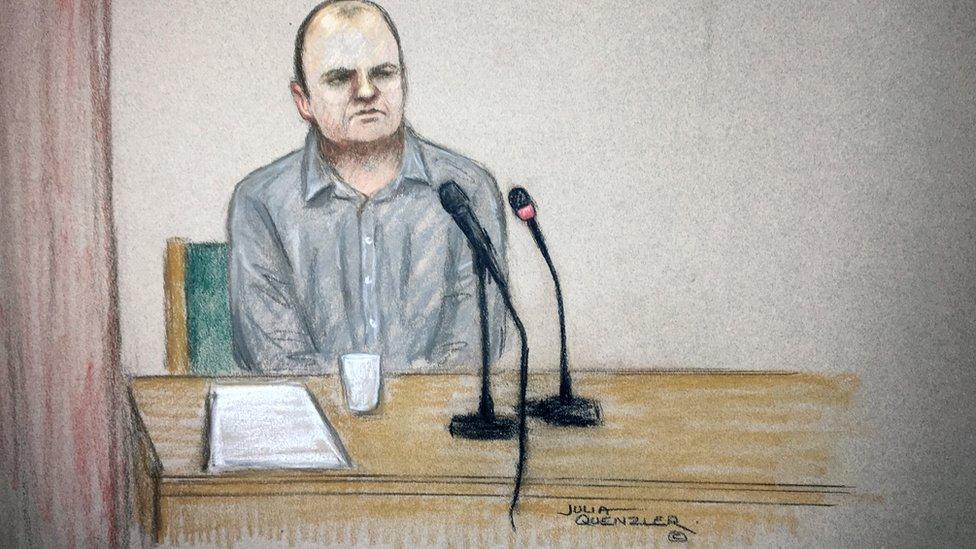
- Published28 November 2017

- Published27 November 2017
